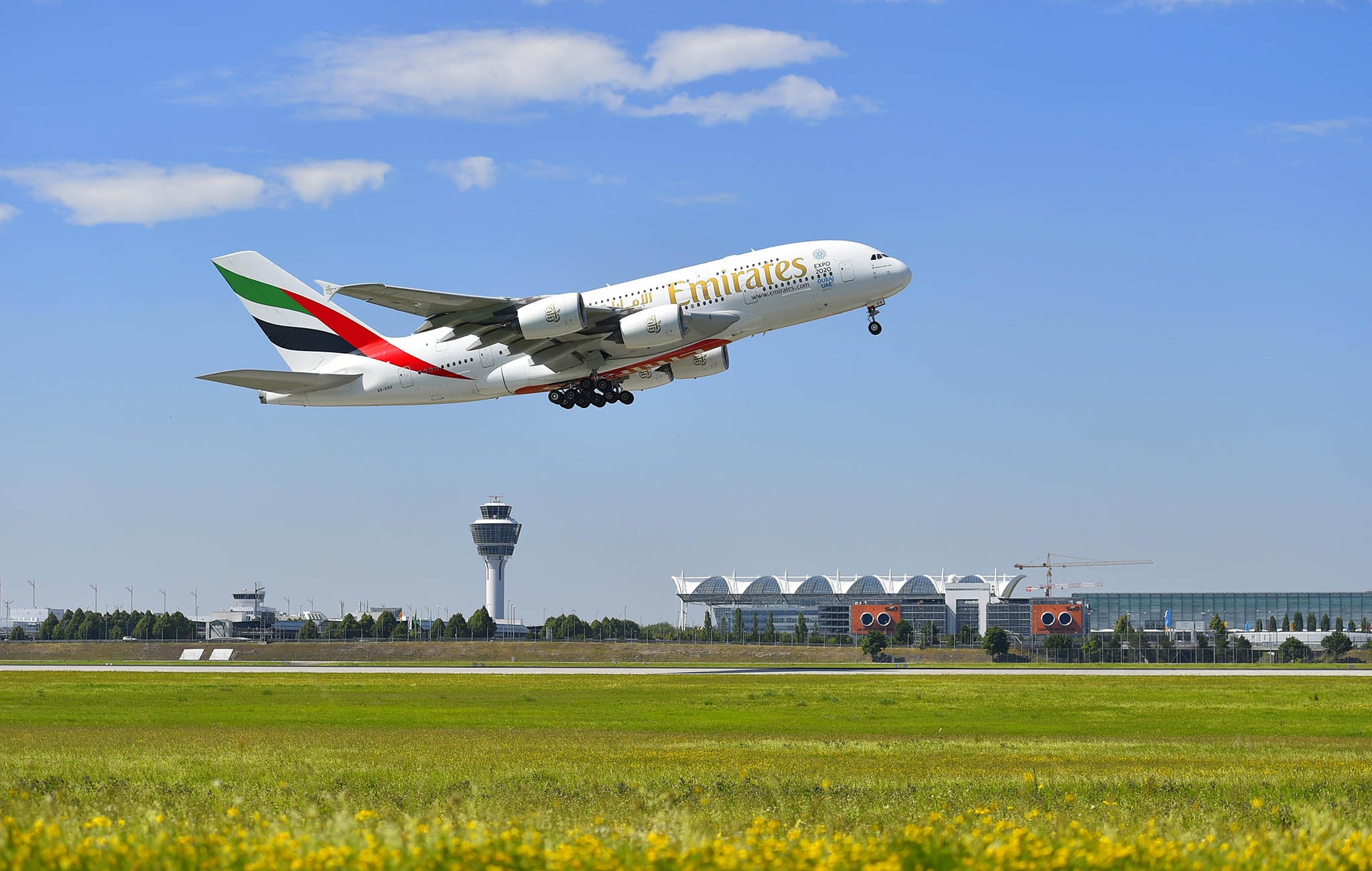Climate change set to increase turbulence and make it difficult for flights to take off, UN warns
However report says there's 'no reason to panic' as the worse effects are not expected for about 30 years

Your support helps us to tell the story
From reproductive rights to climate change to Big Tech, The Independent is on the ground when the story is developing. Whether it's investigating the financials of Elon Musk's pro-Trump PAC or producing our latest documentary, 'The A Word', which shines a light on the American women fighting for reproductive rights, we know how important it is to parse out the facts from the messaging.
At such a critical moment in US history, we need reporters on the ground. Your donation allows us to keep sending journalists to speak to both sides of the story.
The Independent is trusted by Americans across the entire political spectrum. And unlike many other quality news outlets, we choose not to lock Americans out of our reporting and analysis with paywalls. We believe quality journalism should be available to everyone, paid for by those who can afford it.
Your support makes all the difference.Climate change will have “severe consequences” for planes trying to take off and increase the chance of in-flight turbulence, icing up incidents and engine-threatening dust storms – but there is no reason to “panic” just now, the United Nations’ air travel agency has said.
The International Civil Aviation Organisation (ICAO) also warned that sea level rise could threaten low-lying airports while a higher number of clouds could reduce visibility, particularly in the Middle East and Latin America.
It added that the “robustness of aircraft” would have to be “carefully” monitored as pilots are faced with increasingly “extreme” weather.
Aviation is a significant cause of greenhouse gas emissions and the industry has faced criticism for its lack of action to address the problem.
ICAO’s Environmental Report 2016 said preparations for a warmer world should start now.
“Aviation is an extremely risk averse business. Climate change poses a new set of risks that airports need to assess properly. The last decades have provided a glimpse of the future climate, but the main effects will be more evident three or four decades from now, and onwards,” it said.
“There is thus no reason to panic, but much of the airport infrastructure erected today will be there in the new climate.
“A rational response at all airports is therefore to carry out risk assessments of existing and new infrastructure in order to think ahead, reduce risks, minimize life cycle costs, and ensure the reliability and regularity of the aviation sector … All actors in the aviation industry should carry out risk assessments – which is not difficult – and decide if action is required.
“It makes little sense to have islands of resilience in an ocean of vulnerabilities.”
The report detailed a string of potentially serious problems for aviation as it gets warmer.
“Higher temperature maxima at ground level result in significant decreases in air density, reducing the lift force on the wings of departing aircraft,” it said.
“This reduction in lift could have severe consequences for aircraft take-off performance, where high altitudes or short runways limit the payload or even the fuel-carrying capacity.”
The report warned there were “major concerns” about airports at high altitudes in subtropical regions because of this effect.
Flights are already scheduled to take off during the evening and night to take advantage of the cooler temperatures and denser air, but this time window “will in some areas (e.g., Middle East, Central and Southern American high-altitude airports) be affected further by the reduced cooling overnight where high cloud is often present”.
Greater amounts of moisture in some parts of the world and, ironically, the warmer temperatures also “tend to point to an increased chance of occurrences of conditions favourable to icing”, the report warned. The altitudes affected by icing could also increase.
“This suggests a need to have a fresh look at the current regulations for twin-engine aircraft operations over oceanic airspace, as cabin pressure loss or the loss of power in one engine would force such aircraft to fly at levels still affected by icing,” the report said.
“On the other hand, high-altitude icing is also likely to increase with more intense cumulonimbus (CB) clouds.”
Changes to the prevailing jet streams could also possibly affect flight routes, journey times and fuel consumption.
“Another possibility is that increased shear within the jet streams at cruising levels may reduce the stability of the atmosphere and increase the likelihood of clear-air turbulence breaking out,” the report warned.
Sand and dust storms made worse by longer droughts and potentially stronger winds “will require a thorough analysis of its impacts on the safety and regularity of flights in these regions”, it added.
Many airports around the world are built close to sea level. The report noted that 20 of the 46 airports in Norway were “quite exposed” to future rises.
In a section on the impacts of climate change on aviation, the report made clear that climate change posed a potentially serious threat to aviation.
“The robustness of aircraft and indeed the robustness of the entire aviation system should be monitored carefully, as the sector will have to prepare for the more extreme meteorological conditions that are expected in the future as the climate continues to change,” it said.
Join our commenting forum
Join thought-provoking conversations, follow other Independent readers and see their replies
Comments